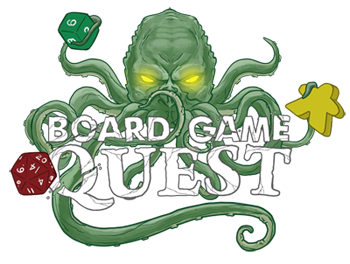 I live in a land of rolling hills of grape vines and endless access to world class Pinot Noir. Wine country is my backyard. I’m in my fourth year as a club member at a prestigious local winery where we show up on bright warm days, sip our glasses with a beautiful view of the valley below us, and murmur delightedly about the terroir and jammy bouquet of a selection.
I live in a land of rolling hills of grape vines and endless access to world class Pinot Noir. Wine country is my backyard. I’m in my fourth year as a club member at a prestigious local winery where we show up on bright warm days, sip our glasses with a beautiful view of the valley below us, and murmur delightedly about the terroir and jammy bouquet of a selection.
Unfortunately, despite all of my geographic advantages, I only vaguely understand what any of that means. After years of being steeped in this culture, I can really only identify if something is red or white, and I still put ice cubes in my chardonnay. The society of passion around wine may be lost on my poor philistine soul, but I envy the love and care that others put into its history and agriculture.
Wine Cellar is a 1-8 player game that attempts to school the uncultured among us through bidding on different wine types with differing countries of origin. Players are employed by a collector to assemble a very specific tableau of eight bottles. While it requires no wine knowledge to play, it aims to leave you a little more savvy than it found you.
Game Overview:
There are two types of cards in this game: elongated Wine Bottle cards, and standard sized Collector cards. Each Wine Bottle card features one of the four types of wine, one of the twelve countries of origin, a scoring matrix, and a bidding amount. The goal is to collect a stack of eight wine bottle cards, arranged in a way to maximize your point totals.
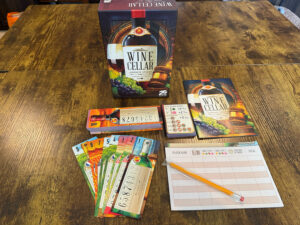
Players start the game with eight cards in hand, and as many cards in the market as there are players. In a round, each player secretly selects one Wine Bottle card from their hand based on its bidding value. Once everyone selects their choices are revealed, and in order of highest bidding value to lowest, the players take a card from the market to add to their tableau stack. The bid cards become the next round’s market, and play continues until all cards in your hand are played and you have a tableau stack of eight bottles ready to score.
Some bottles will earn more points if they’re lower down in your stack, and some will score more if they’re higher up (some wines taste best aged in your collection longer, and some should be enjoyed soon after purchase). This is shown on the point matrix on each bottle card. You can only add to the top or the bottom of your wine stack, with no rearranging the middle.
The collector cards are dealt at random at the beginning of the game, letting players choose from two options. They have scoring objectives that will award more points for certain wine types or countries of origin.
At end of game, players tally their wine stack, with each bottle scoring the number of points listed on the bottle’s matrix for its given position. The player with the highest wine stack score, added to the points earned from their Collector card objectives, wins.
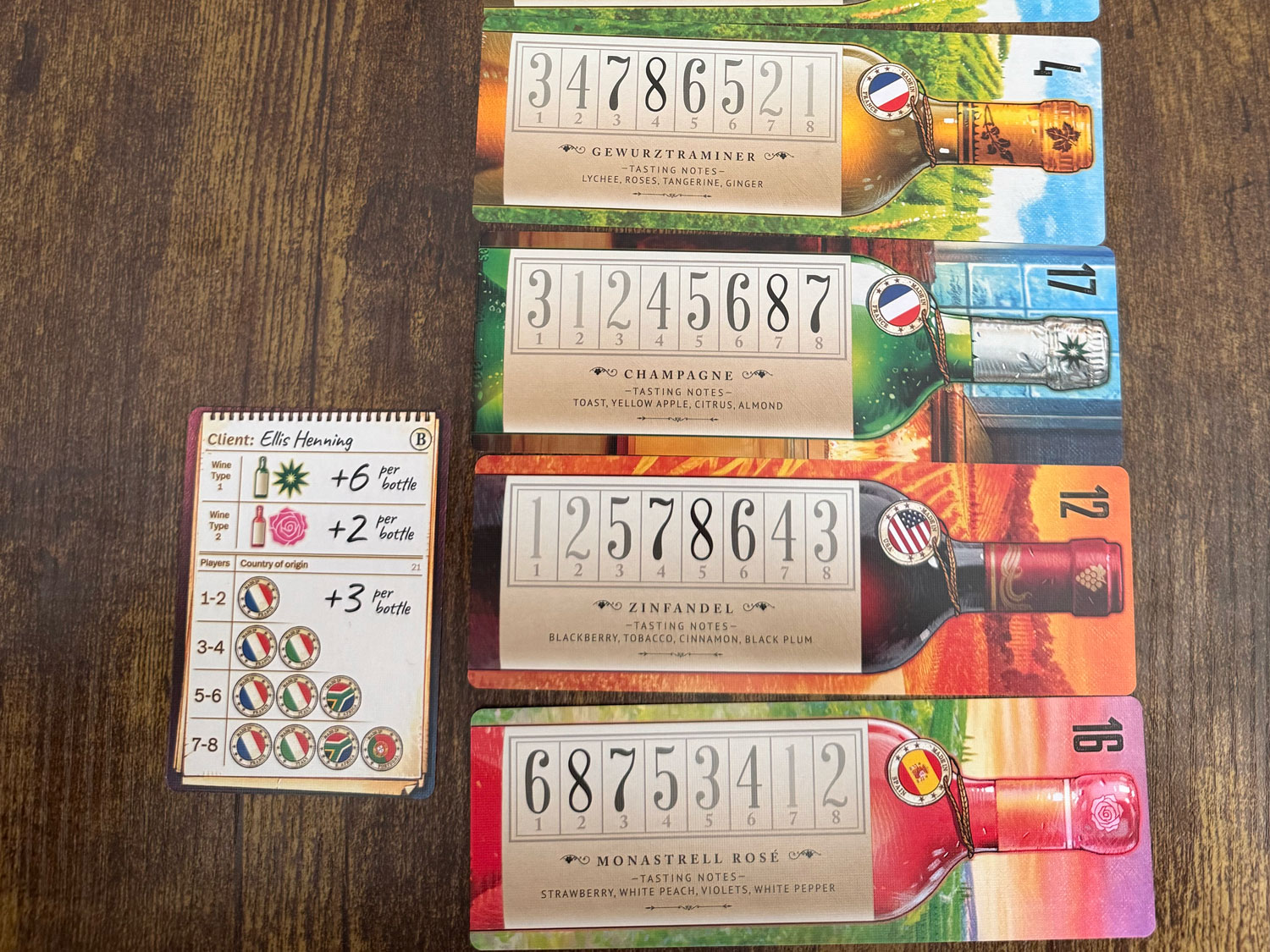
Game Experience:
One to eight players for a strategy game is a generous player count that makes this an unexpectedly flexible game. While it would be a great opener before a Viticulture game night, it stands on its own as providing a solidly entertaining play experience. The strategy isn’t complex, but it offers enough choices to hang yourself with if you’re not paying attention.
This starts with selecting your collector card. Should you go for a smaller number of points for an easier-to-obtain wine, or choose a collector card with a rare wine that will yield a higher reward if you can nab them all? And even if you grab that elusive bottle, you have to get it at the right time in your tableau to maximize the points. If you get the right bottle of wine but it ends up buried in the middle of your stack, you’ll lose out on point potential.
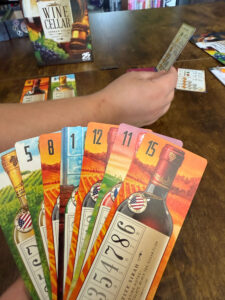
There are a lot of similar bidding games on the market, but the challenge that Wine Cellar presents is that the scoring goals and wine stack arrangement are public knowledge, played face up. Anyone at the table who is paying attention also knows how valuable that wine will be for you, and it is in their best interest to make sure that you don’t get the chance to snag it. Bidding numbers are sequential, don’t repeat, and no cards in the sequence are reserved from play, so it’s not too difficult to card count and figure out what others may have in their hand to bid with. Adding three different scoring contributors, wine type, country of origin, and tableau placement, makes this stickier. Players have to balance their desire to screw up a competitor’s game with the possibility of passing up a bottle that will perfect their own tableau.
The game moves quickly, and if you start off on the wrong foot, it’s unlikely that you’ll be able to recover. There’s no chance to refresh your hand as play continues, so if you’re dealt a hand with only low-numbered bid cards, you’ll be struggling for the whole game. There are advanced rules that balance this out by having you separate the Wine cards by bidding numbers into a high deck and a low deck, and then deal player hands evenly from both. I understand streamlining the rulebook to make the game as quick to jump into as possible, but this feels like it should have been included in the main game setup and not just the advanced instructions.
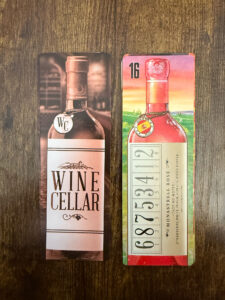
The game plays very differently based on your player count. For two players, it’s not inherently competitive because you likely have different scoring goals from one another. With more players, there are more bottles at play, but the scoring goals will have more overlap. It doesn’t feel unbalanced, but it is a different style of play with a smaller versus a larger group.
Lastly, and this is a nit pick,The wine bottle cards themselves are a unique size, a difficult thing for players who like to sleeve their games. I don’t always sleeve, but a game that I would almost always be playing with a glass of wine on the table that could potentially be knocked over and stain the cards would normally be a no brainer for me.
Final Thoughts:
Often when I’m deciding if I want to dedicate the shelf space to adding a game to my collection, I try to think of it in terms of what kind of game nights it would make it to my table. Wine Cellar writes itself in that regard. Its generous player count and quick learning curve make it the perfect game to bring out ahead of a dinner party, when friends are trickling in and enjoying their first glass as they mingle. It is compact and portable enough that it can come out on a nice evening on my patio, winding down with my partner after work. It may even come to a wine club event with me, as I try desperately to remember what the vintner said about why I’m supposed to enjoy the tasting notes of old leather and overripe plums. Is it innovative or one of a kind? Maybe not. But it does have a place on many players’ tables.
Final Score: 3 Stars – Wine Cellar has a lot going for it under the right circumstances.
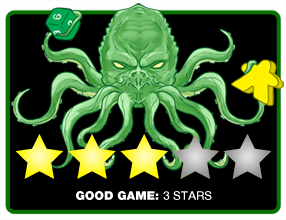 Hits:
Hits:
• Flexible player count
• Quick to learn with easy to grasp strategy
• Theme is well incorporated throughout the game
Misses:
• Significant lost leader issue in basic game
• Unique card shape is difficult to sleeve





















